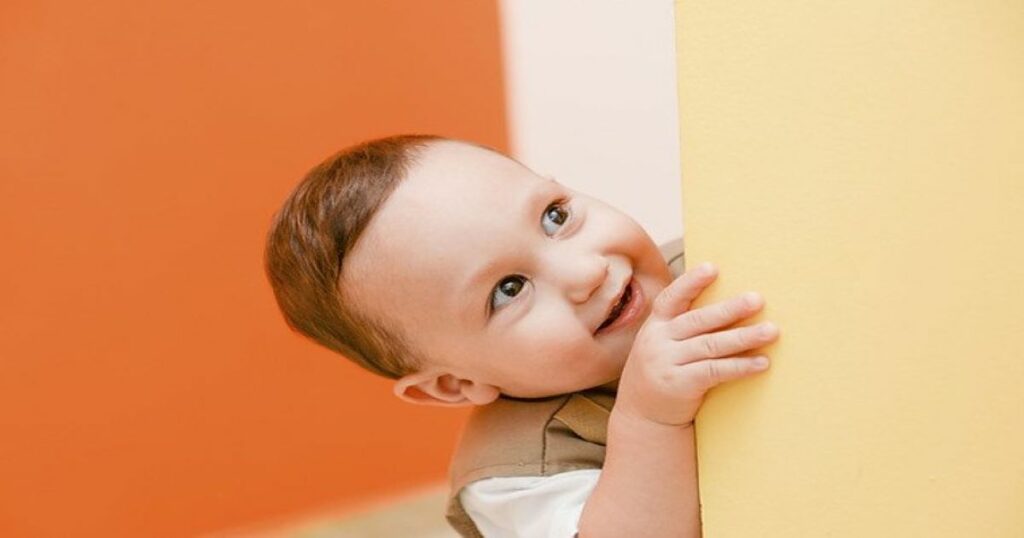Habits of a Happy Brain – Book Summary
The human brain inclines toward survival and the feeling of survival keeps the brain happy. This is the main point of this book by Loretta Breuning. She has based her book — Habits of a Happy Brain — on scientific research.

Loretta has used her professional and personal experiences to simplify complex ideas for the readers.
She tells us that the activities of modern-day human beings may be quite different from those of earlier humans.
But the main motive of the human brain has always been survival.
The only difference is that those earlier humans were, in a way, more conscious about their efforts for survival.
We, human beings in these modern times, are less aware that even today our brains are inclined toward the need to survive.
A promise of survival (which the author terms as an opportunity for survival) makes us happy.
A threat to our survival blocks our sense of happiness.
The author has explained, with examples, how the human brain handles these opportunities and threats.

Are human beings born happy?
According to the book, the feelings and emotions of human beings are shaped by their life experiences. That means a human child is not pre-programmed to be either happy or unhappy.
The brains of all the species on this planet, including humans, are designed to focus on their survival.
But there is one major difference between the human brain and the brains of other species.
The human brain is not pre-wired the way the brains of animals, birds, and reptiles are.
Right from the time of birth, the brains of those other beings are already filled with information regarding the different stages of their life span.
When a human baby is born, its brain starts collecting information from its immediate environment.
The child’s brain then starts forming impressions about what feels good and what doesn’t.
All favorable experiences trigger happy chemicals in the human brain and make it feel good.
Then the brain looks out for more such positive experiences because they promote its survival.
On the other hand, all the negative experiences activate such chemicals in the human brain which label those experiences as threats to its survival.
What prompts the human brain to be happy?
The book describes the various sources of happy chemicals that the human brain generates.
The author very nicely explains why, when, and how these chemicals are triggered and how are they related to the idea of survival.
Dopamine makes us expect and seek rewards. Our brain values these rewards because it links them with survival.
Endorphin provides us temporary relief from physical pain. This is a crucial part of our brain’s efforts for survival.
Oxytocin helps us in establishing social connections which again is critical for survival. It is released when we have a sense of belongingness and trust.
Serotonin gives us a sense of respect and value in our social environment. It provides us with a feeling of safety.
The book compares the role that these happy chemicals played in the lives of earlier humans and their role in our lives today.
The author talks about various scenarios that are interesting and easy to understand.
She shows us how these chemicals operate in various situations.
For example, how the brain releases dopamine when it senses something as rewarding and beneficial. This dopamine release makes us feel good and it motivates us to look for more such opportunities.
Loretta has similarly explained at length the functioning of endorphin, oxytocin, and serotonin.
The book quotes a number of research studies done to better understand these neurochemicals. These findings can us help to make sense of many aspects of human behavior.
Is our happiness external or internal?
It seems that both internal and external factors play their part in our feeling of happiness.
Our ideas and values give us happiness.
Our inner thoughts and our perception of the world may make us happy.
We do feel happy when others do something good for us.
Many of us appreciate it when someone does something good for this world as a whole or for the betterment of those in need.
Loretta tells us that her observations have led her to realize that the happy chemicals in the human brain are completely focused on opportunities for survival.
All the above-given sources of our happiness work only when a human brain perceives them as important for it to survive and exist.
She calls this part of our brain ‘the mammalian brain’.
The mammalian brain is only concerned with getting more happy experiences as they promote its well-being. It always wants to avoid anything that seems to be a threat to its continuance.
So coming back to the question if our happiness is internal or external, it seems that it can be both. Whatever gives our brain an assurance of its survival, makes us feel happy.
What causes a feeling of unhappiness in our brains?
As it has already been mentioned that the human brain always looks for opportunities to ensure its survival. So when it detects something that poses a threat to its survival, the brain has a mechanism to deal with it.
When the brain notices a threat, it releases a chemical called cortisol. This is not a happy chemical, rather it is more of a warning system.
When we feel stressed and anxious, it is because our brain has perceived some sort of problem. These are the times that we feel unhappy, fearful, or sad.
Cortisol also plays a part in our survival as our brains store the information and guide us as to what to avoid in the future.
Is there a way we can control our happiness?
The author tells us that all these chemicals keep on fluctuating in our brains.
No chemical or state of feeling lasts too long.
This happens because the mammalian brain constantly keeps on scanning the world for further opportunities and threats.
This is an endless cycle in the life of a human.
The same thing applies to other beings also.
But there is one thing that makes humans different from the other forms of life.
We have a cortex brain (the logical brain) that gives us our logic, our emotions, our ability to form languages, our ability to store memories, and our capacity to plan our actions.
According to scientists, this kind of brain is either not present in many species or has limited capabilities as compared to the human cortex.
Because of this, the brains of other species do not run the complicated processes of analysis and choice, the way the human brain does.
How do the mammal brain and the logical brain work for humans?
The author has given many examples to describe how the human brain evolved from the reptile and mammal brain.
That is why it still retains some of those features but over time further layers were added that resulted in the human brain that we have now.
Sometimes, we do something (that proves good for our well-being) without planning and thinking much about it.
The author tells us that in such cases the motivation and energy come from our mammal brain.
At other times, we find it hard to motivate ourselves for something that we think we should do.
Many times we use our logical capacity to evaluate the pros and cons of doing something.
But then without much thinking, we do something that was not a part of our plan. In these cases, we feel we acted out of intuition or instinct.
How can we manage our dopamine, endorphin, oxytocin, and serotonin naturally?
Now that we know that all the chemicals, happy or unhappy, that are released by our brains are based on our experiences in different situations.
So it is easy to understand our happy and sad reactions like the sense of achievement we get, the performance anxiety we feel, the social status we value, and the way we analyze people and things around us.
The author has given some practical exercises at the end of all lessons which ask us to observe how these neurochemicals affect us.
She has also given some practical tips that we can use to remodel our brains. This is important because the human brain gets conditioned in fixed patterns that are dictated by its experiences.
So she tells us how we can retrain our brains to move forward from those fixed ideas as they may no longer be relevant to our present situation.
There are many other reasons for this re-modeling that she has talked about in great detail in the book.
In chapter 6 of the book, Loretta describes how we can create new habits for each of the happy chemicals.
It is interesting to read the way Loretta has pointed out the differences between these naturally occurring happy chemicals and the use of artificial chemicals to gain this happy state.
And why artificial chemicals are not as efficient as natural ones to ensure the survival that our brains seek.
Habits of a Happy Brain Review
There are so many other concepts that Loretta has discussed in the book. She has used these ideas to define human behavior. The book touches upon various aspects of human life.
I would highly recommend this book to anyone who has an interest in the physiological basis of human behavior.
The author helps us to understand the evolution of the human brain through comparisons between animal behavior and human behavior. And all these comparisons are interesting to read.

The brain is so complicated and yet so delicate from outside influence whether physically or emotionally. I love how you explain that the brain acquires information at every stage of brain development. Happiness is also acquired as it takes effort to have a sense of well-being. Thank you for a beautiful article helping us understand brain functionality. Thank you for this article on the brain.
Thank you for appreciating the review. I must say I don’t have a science background. But I do like reading books and research papers related to this area of human knowledge, especially human psychology and behavior. It is fascinating and enlightening to read about the impact of the structure and the components of the human brain on human behavior. One gets a whole new perspective on why and how we feel happy or sad. And how that leads to how we react to things.
This article is a wonderful reminder of the fact that it is our brains that are given to us as tools to use in order to live a happy life!
It is funny that I come across this article right a few days after I have had a training on human behaviour. My revelation from that training is that we all possess a “filter” in our brains that gives meaning to the events in our life. It can be the same event that is perceived differently by different people.
For example in case of a presentation, person 1 might love to make presentations and the thought of one can put that person in a confident and happy position. While for person 2 who is more shy and does not like presentations in front of many people in can cause feelings of anxiety and nervousness. It is us and our brains who give meaning to our lives, be it a happy or a less happy meaning.
Thank you for this feedback. I feel that human behaviour is quite an interesting subject to explore.
I am sure you must have drawn many more insights from the training you attended. You have highlighted a critical aspect of human behaviour: the filters in our brains that affect our perception of the world around us.
I found a latest research on whether human babies develop a sense of morality or they have it inherently. If it interests you, you can read it here: http://www.sciencedaily.com/releases/2022/06/220609131930.htm